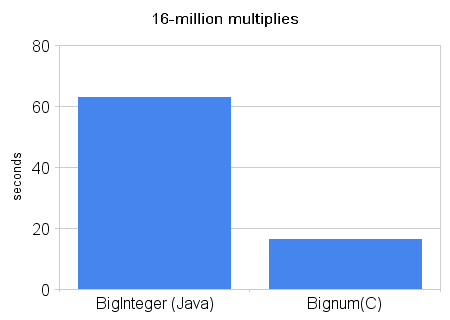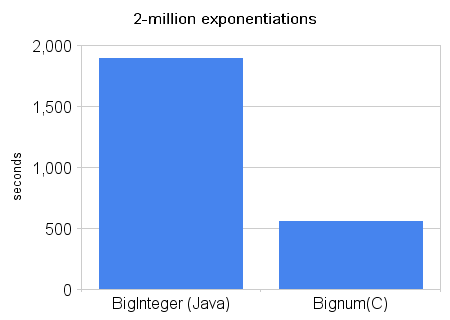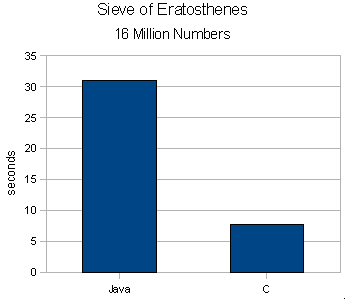At the start of every new college semester, I inevitably find myself listening to dozens of whiney Freshmen complain about how it costs (their parents) $800 for new textbooks. As I enter my final semester, I feel I should pass my secrets down to the coming generations. See, I haven’t spent that much on textbooks over the course of my entire college career. And today I share my secrets with all of you. Why? Simply for the joy of seeing you smile (because now you can afford those dental bills).
1. Don’t Buy Your Books
This may seem like useless non-advice, but it’s actually the most important tip, which is why I placed it first. Ask any college senior, and you’ll likely find that as many as 50% of their textbooks have gone completely unopened over the years. Many professors recommend a book simply for the sake of recommending a book; it may be awful even as a reference, or have very little to do with the class. Find someone who has taken the class before and ask them if they needed the book for homework or assigned reading, they used it often as a reference, or if they simply never opened it. This little bit of anticipatory research can save you thousands over the course of four years.
2. The Library is Your Best Reference
Even if you need the book for homework or the occasional reference, you can still get away with not buying it. Most school libraries carry copies of the books required for each class. Though you probably won’t be able to check it out for any extended period of time, you can usually check it out long enough to do your homework each week or, if that’s too inconvenient for you, you could photocopy all the homework-pages ahead of time for only a few dollars, saving hundreds.
3. Borrow From a Friend
Okay, so you absolutely need the textbook, and can’t stand walking to the library every week. I have good news for you – you can still get out of buying your textbook! If, at least, you happen to make friends with someone who has taken the course previously. Ask around, find someone who has taken the class already, and bring them out for a drink. Even if they don’t have their textbook anymore or refuse to borrow (or rent..?) it out to you, they can still help you learn if you can save in other ways on this class’s textbook.
3. Buy Old Editions
A lot of the more greedy book publishers have realized that if they don’t reissue a new edition of their book every few years, the same few copies will continuously circulate in online trading sites, killing their sales. Thus, every few years they add a new paragraph or two, fix a few mistakes, and jumble the chapter problems (not even change them!) in order to re-release the same book as the "new edition." Since the demand for old editions of textbooks is so low, the price of even the previous edition is usually dirt-cheap.

The basics of Calculus have been the same for over 300 years – so do we really need a new Calculus textbook every six months?
On the off-chance that you actually need to do the chapter problems, you can still go to the library and photocopy them – or, even better, figure out which problems from your book correspond to the homework problems in the new book.
If you were planning on using the book only as a reference, you may want to consider buying a completely different book. The textbook I used for Calculus was nearly identical to the one we were supposed to use, but only cost me four dollars (including shipping)!
4. Buy Used or International Copies
An international version of a book has the same content as the non-international version, but is meant to be sold in places where it’s illegal to artificially jack up the price of textbooks (I’m looking at you, America). These textbooks can be found at any online book-trading site; one good place to compare prices from these sites is www.dealoz.com, though there are many others (Facebook has a marketplace as well).
5. Sell Your Books at the Start of the Next Semester
Buying a book for $50 and selling it for $40 is basically the same as renting the book for $10. Google is a better reference than most of your textbooks anyways, so why keep them around after you’re finished with them?
If you’re going to sell a textbook, the best time is when they’re in highest demand – at the beginning of the next semester. Based on the number of users, the best places to sell are probably amazon and half.com.
That’s it – with all the cash you’ll be saving, you can finally afford that solid gold replica of Billy Joel you’ve been eyeing on ebay for the past week. You better start bidding before the auction ends.
Next week I’ll show you how to double the length of an essay without writing a word.




